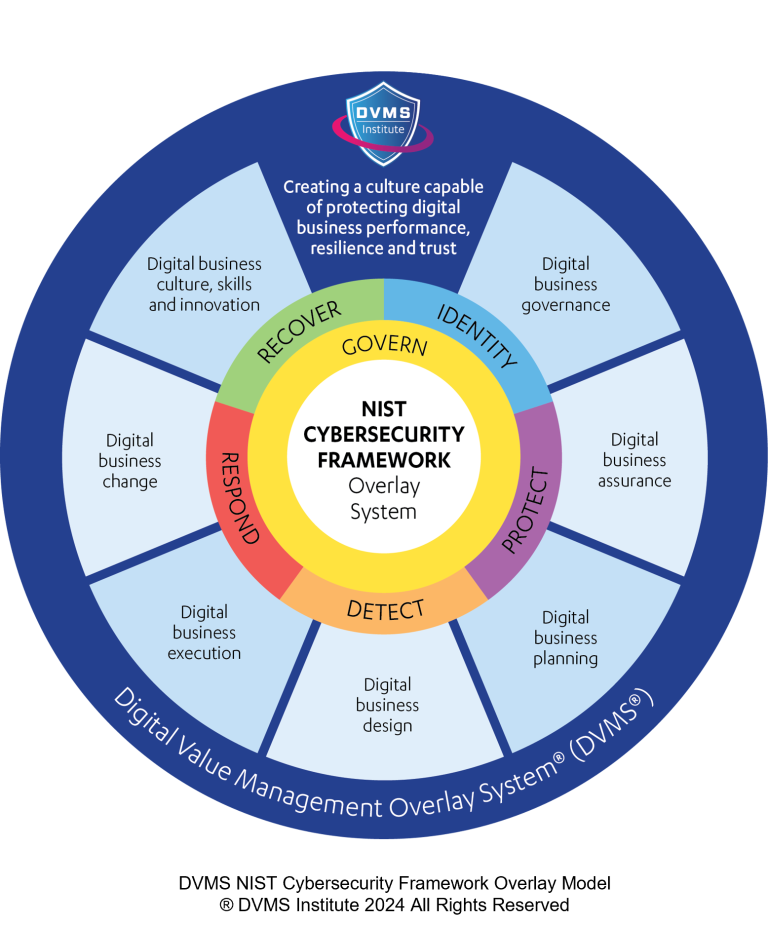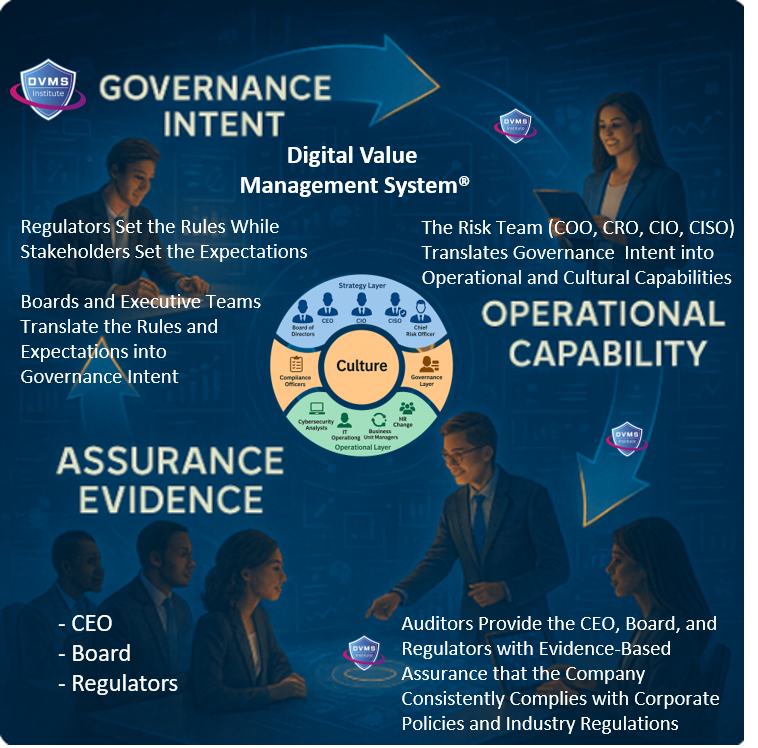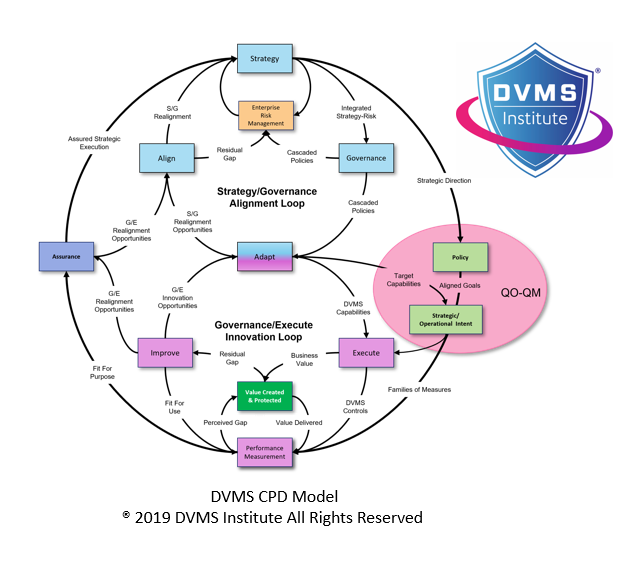The Strategic Relationship Between Culture and Digital Trust
Rick Lemieux – Co-Founder and Chief Product Officer of the DVMS Institute
In today’s digital age, organizations face a complex challenge: building and maintaining digital trust. This is the belief that an organization can be relied upon to handle digital information responsibly, ethically, and securely. While technical measures like encryption and firewalls are crucial, they are not sufficient. True digital trust requires a deeper alignment between an organization’s digital systems and its cultural values.
Digital systems, whether they are websites, mobile apps, or internal software, are more than just tools. They are reflections of an organization’s values, priorities, and operational processes. When these systems are designed and implemented without considering the underlying cultural context, they can lead to unintended consequences. For example, a system that prioritizes efficiency over transparency may inadvertently create a culture of secrecy and distrust. Similarly, a system that is designed to be user-friendly but lacks security features may expose sensitive information to potential threats.
Organizational culture, on the other hand, is the shared beliefs, values, and behaviors of an organization’s employees. It shapes how people interact with each other, make decisions, and approach their work. When an organization’s culture is misaligned with its digital systems, it can create a disconnect between the intended behavior and the actual behavior of employees. For example, a culture that values innovation may encourage employees to experiment with new technologies, but if the organization’s security policies are too restrictive, employees may resort to workarounds that compromise security.
To achieve digital trust, organizations must bridge the gap between their digital systems and their organizational culture. This involves a holistic approach that considers both technical and human factors. Here are some key strategies:
- Align digital systems with organizational values: When designing and implementing digital systems, organizations should ensure that they are consistent with their core values. For example, if an organization values transparency, its digital systems should be designed to provide easy access to information.
- Foster a culture of digital responsibility: Employees should be empowered to take ownership of digital security, privacy and value protection. This can be achieved through training, awareness campaigns, and clear guidelines.
- Promote a culture of continuous learning: The digital landscape is constantly evolving, so organizations must encourage a culture of continuous learning and adaptation. This includes staying up-to-date on the latest security threats and best practices.
- Establish strong governance and oversight: Effective governance is essential for ensuring that digital systems are used responsibly and ethically. This involves establishing clear policies and procedures, as well as appointing individuals responsible for overseeing digital activities.
- Prioritize user experience: User-friendly digital systems are more likely to be adopted and used correctly. By prioritizing user experience, organizations can reduce the risk of human error and security breaches.
- Build trust through transparency: Transparency is key to building trust with customers, employees, and other stakeholders. Organizations should be open about their data practices, security measures, and incident response plans.
- Encourage feedback and collaboration: By soliciting feedback from employees and customers, organizations can identify potential issues and improve their digital systems. Collaboration between IT teams and business units can also help to ensure that digital systems meet the needs of the organization.
By connecting digital system structure and behavior to organizational culture, organizations can create a more secure, resilient, and trustworthy digital environment. This requires a long-term commitment to building a culture of digital responsibility and a willingness to adapt to the ever-changing digital landscape.
About the Author

Rick Lemieux
Co-Founder and Chief Product Officer of the DVMS Institute
DVMS Institute is a renowned provider of accredited (APMG International), Assured (NCSC-GCHQ-UK), and Recognized (DHS-CISA-NICCS) NIST Cybersecurity Framework, certification training programs designed to teach organizations of any size, scale, or complexity how to manage their organizational cyber risk and resiliency.
For cyber risk management, the DVMS FastTrack model provides a phased approach to adapting the NIST Cybersecurity Framework functions and its controls across an enterprise and its supply chain to identify and mitigate organizational cyber risks.
For cyber resilience management, the DVMS CPD overlay model provides a holistic approach to connecting digital ecosystem outcomes to organizational culture. This unique approach puts leadership and culture at the center of delivering continuous digital business quality, reliability, and trust.
Rick has 40+ years of passion and experience creating solutions to give organizations a competitive edge in their service markets. In 2015, Rick was identified as one of the top five IT Entrepreneurs in the State of Rhode Island by the TECH 10 awards for developing innovative training and mentoring solutions for boards, senior executives, and operational stakeholders.
® DVMS Institute 2024 All Rights Reserved




